Buttonbush
Cephalanthus occidentalis
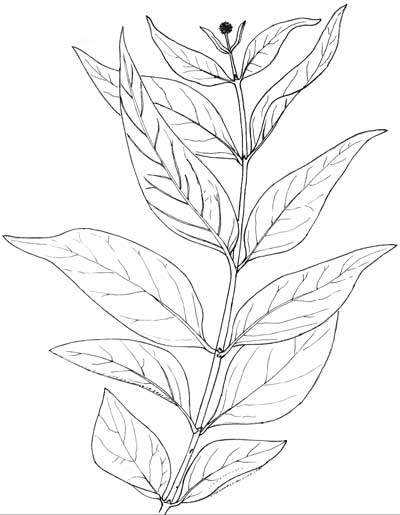
Drawn from live specimen found in Maricopa Co., Arizona.
Sponsored Links:
Buttonbush Flower Visitors
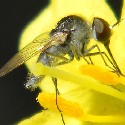
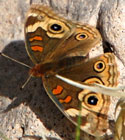
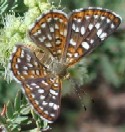
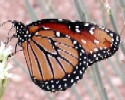
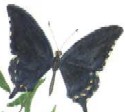

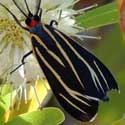
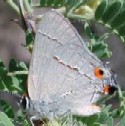
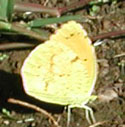
RANGE: This shrub is often a denizen of sunny edges of swampy woods and so it is
surprising to find it growing along washes or riparian habitats in the Sonoran
Desert. For sure, its presence indicates a pretty good water supply that may be
below the surface. It can be found in wetter canyons of the
Superstition Mountains and near Mesquite Wash.
This plant is classified as an obligate wetland species. Canyons where this plant occurs need to be protected as such because wetlands,
despite their rarity,
are vital to the Sonoran Desert ecosystem.
FLOWERS: Many small white flowers arranged into a spherical ball or
button. Each flower has four short petal lobes at the end of a long slender tube.
Very fragrant and highly attractive to butterflies and other insects, but only those with a long proboscis
can access the nectar.
SHRUB: A medium sized shrub at 1 to 2 m tall..
LEAVES: Leaves are broadly elliptical, with smooth margins and opposite
on the stems; occasionally there will be three leaves per node, i.e whorled.
Megachile bees (leaf-cutters) seem to find these leaves very suitable for their nest construction; plants with considerable leaf area removed are a common sight.
UNARMED. No thorns or spines.
FRUIT: Small, dry capsules arranged into a sphere.
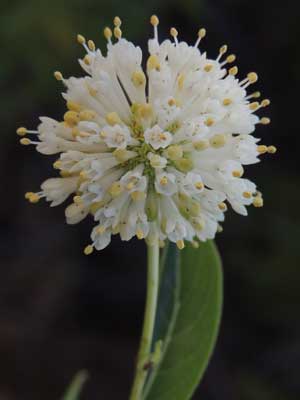
Each flower has four to five teeth in the rim of the tube and a long exserted style and stigma.